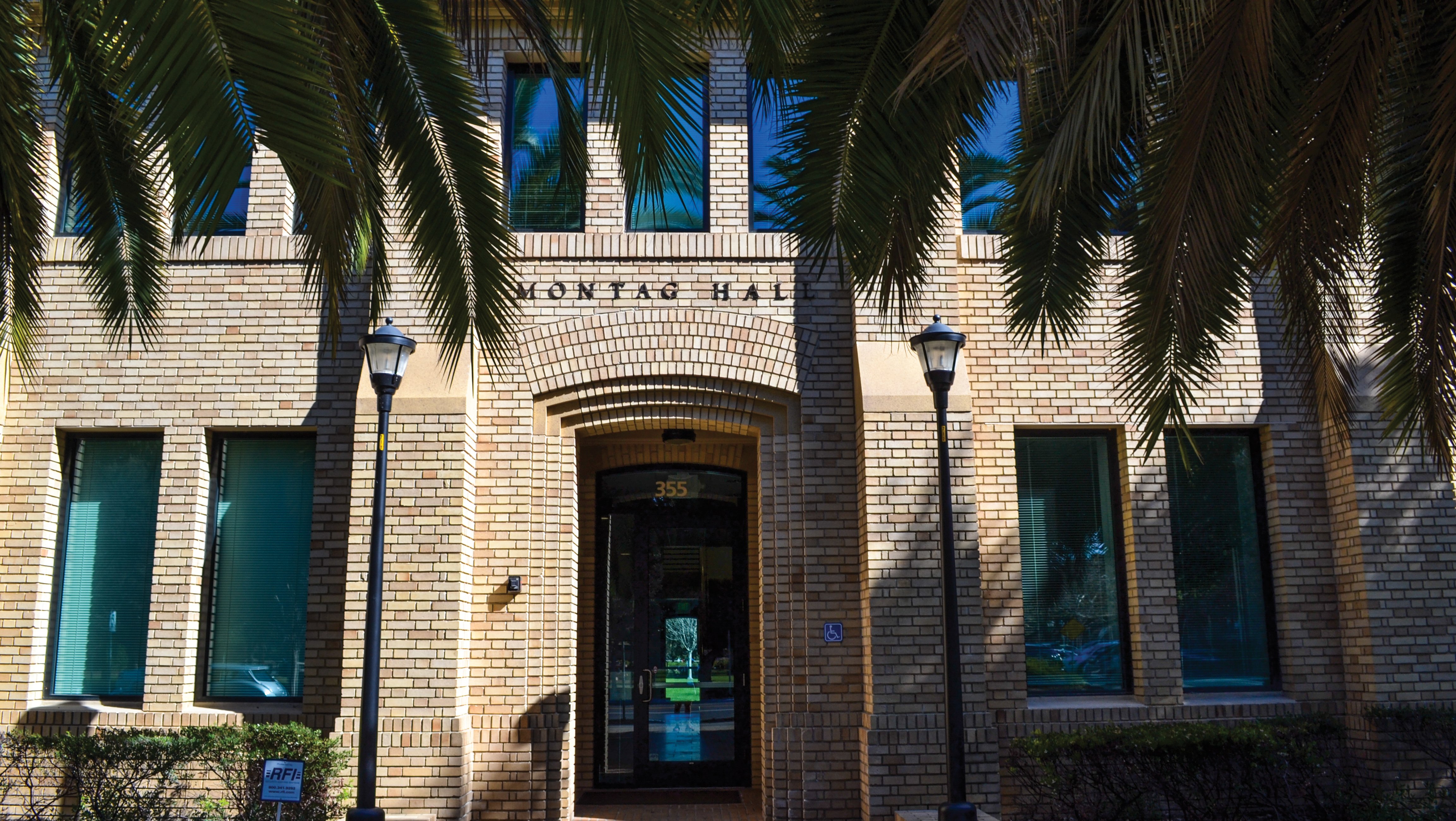Stanford’s admissions office has moved interviews online and expanded online access to community-based programming in order to continue outreach to students during the COVID-19 pandemic, among other virtual shifts. While the online programming and interview settings have the potential to close equity gaps, the experience also creates challenges for applicants and interviewers alike.
Stanford’s admission rate remains one of the most selective in the nation. Stanford Class of 2024’s admit rate was 5.19%.
Previously, the Office of Undergraduate Admission hosted guided tours of campus and admission information sessions on campus. Due to limitations imposed by local restrictions on gatherings, the admissions office moved to virtual programming in order to continue its engagements with prospective applicants.
Additionally, alumni volunteers typically conduct face-to-face applicant interviews and “represent Stanford at local college fairs and regional information sessions,” according to the admissions website. For the 2020-21 application cycle, video chat will be used to complete all interviews worldwide.
Prospective applicants and current and former students had mixed feelings about the changes.
Moses Hetfield ’18 previously conducted virtual interviews with applicants who did not have alums readily available in their areas during the early action admissions cycle. Typically, applicants who are not from the Bay Area and who have alumni available in their areas are eligible for interviews.
Hetfield said virtual interviews could help level the playing field for applicants because it makes interviews more accessible and uniform.
“Rural applicants will no longer feel pressure to drive for hours into the city for a 4% chance of admission to a university,” he wrote in a statement to The Daily.
However, Hetfield said that based on his experience interviewing students online, he thinks that online interviews increase nervousness.
“It’s hard to tell how private the conversation is on a video call,” Hetfield wrote. “On a video call, it’s hard to know if a parent is listening in or even silently coaching the student.”
Hetfield also addressed challenges posed by the online interview setting, adding that not all students have access to a private room with a computer and high-quality internet. Additionally, he said status indicators in students homes could have the potential to impact the interviewer’s impressions of the students.
“The interior of an applicant’s house, like the clothing they wear, should not influence admissions decisions, but has the potential to unduly impact an interviewer’s subconscious impressions and assumptions about an applicant,” he said.
Stanford Restrictive Early Action applicant Peter Wisner wrote that throughout the application process, he explored the Stanford website, and “was able to find answers to most of my questions about the school,” in an email to The Daily.
Samantha Guerrero, who also recently applied to Stanford, primarily interacted with Stanford admissions via “Discover Stanford” and student forum webinars. “… it was so great to be able to hear straight from students and admissions officers,” she wrote in a statement to The Daily.
Despite the ease of finding information, Wisner said that it’s easy to make mistakes on the online applications because there is “so much content on the screen at all times.”
“I wouldn’t say that the online application has really been beneficial or challenging, especially since applications would have been online, anyway,” wrote prospective applicant Regina Santos in a statement to The Daily. She mentioned that she would have preferred her interview for another college to be in person under different circumstances.
Stanford Admissions has made changes to application requirements as a result of challenges caused by the pandemic. Admissions will consider applications for Stanford’s Class of 2025 with or without standardized test scores. They will not be penalized for choosing to omit these scores.
Though waiving the test requirement has made the application process more flexible, admissions equity and accessibility challenges could persist. According to The Washington Post, if an applicant chooses to omit or not submit test scores, universities may rely more on their evaluation of an applicant’s high school.
Prospective students can also request a 15-minute appointment with an admission officer and attend a Community Conversation which provides “culturally inclusive and relevant information about Stanford’s admission process, community centers, and diverse student body,” according to University spokesperson Dee Mostofi.
Admissions “especially encourage[s] participants from traditionally underrepresented groups” to attend the Community Conversation sessions,” Mostofi wrote.
Of these Community Conversations, one session was centered around the First-Generation and/or Low-Income (FLI) identity and community at Stanford. These sessions were held last month.
In academic year 2018-19, 17% of undergraduate students received Pell Grants, which are usually awarded only to undergraduate students who display exceptional financial need and have not earned a bachelor’s, graduate or professional degree. 20.2% of the enrolled Class of 2024 are first-generation college students.
“Stanford can often be a daunting school to apply to coming from those [FLI] backgrounds,” wrote Cindy Chau ’23 in a statement on behalf of the First-Generation Low-Income Partnership (FLIP). Chau was a panelist at last week’s Community Conversation. (18.5% of her class are first-generation college students.)
Chau added it felt nice to know that high school students could see themselves reflected in the student body at Stanford.
“I thought it was really nice for admissions to host this event because they’re showing more push and development in recognizing differences in the FLI experience,” she wrote.
Contact Rosana Maris Arias at rosmar18 ‘at’ stanford.edu.
